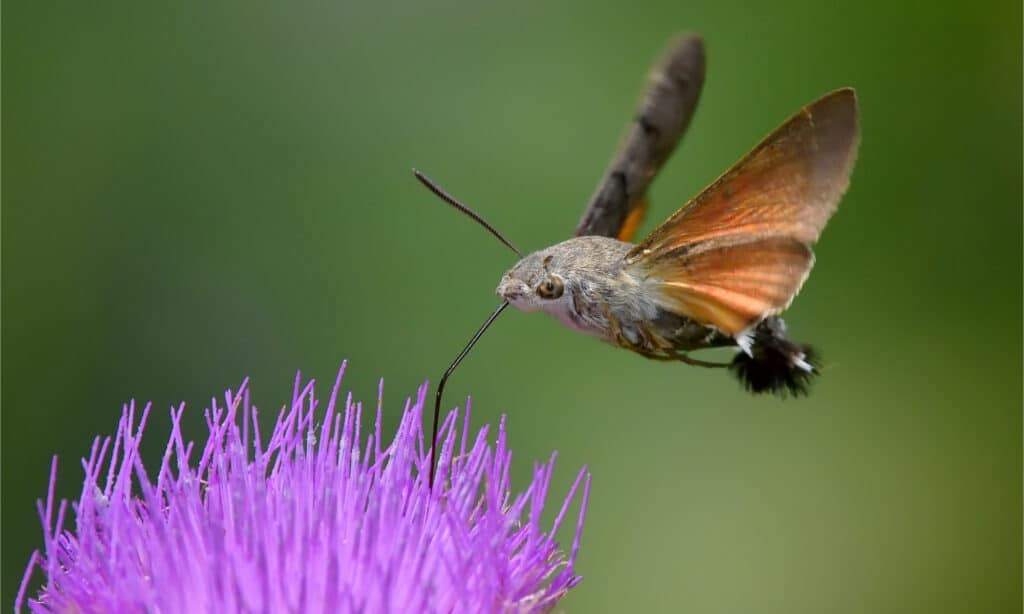
In general, wildlife do not make good pets-and hummingbirds are wildlife. After each bath, the hummer spends its time arranging, oiling, and cleaning its feathers with its bill and claws. A few even dive in and out of water and then shake their feathers. Some take advantage of the rain by perching on a branch and spreading their wings and tail. You might think a hummer’s day is spent flying from flower to flower in search of nectar, but a hummingbird also bathes several times a day, splashing in shallow water or sitting near a waterfall or a sprinkler and letting the spray fall on them.
#Hummingbird nocturnal zip#
Whey they zip to the next blossom, they deposit the pollen to help the flower reproduce. Hummers can hover up to downward-hanging blossoms where bees and other insects can’t find a landing spot.Īnd how do hummers help the plants? As the birds use their bill to get at a flower’s nectar, pollen from the flower dusts their head. Since they don’t have a strong sense of smell, hummingbirds are not attracted by fragrance, but it’s easy for them to see red, so they’re often drawn to red flowers, which many nectar-loving insects can’t see. Some have a bill perfectly adapted to very specific nectar-bearing flowers for example, the bill of a buff-tailed sicklebill matches the curve of Heliconia flowers. They get most of their nectar from tubular blossoms, the perfect shape to accommodate their long, slim beak and tongue. Hummers like flowers that are bright and are open during the day, when the birds are awake. Thousands of plants native to the Americas rely on hummingbirds for pollination. Other birds, such as orioles and roadrunners, occasionally eat hummingbirds. The insect sits motionless and camouflaged on a leaf or twig and strikes with furious speed and power to nab a small hummer. Perhaps the most surprising predator is the preying mantis. Hummers have been caught by dragonflies, trapped in spiderwebs, snatched by frogs, and stuck on thistles. Hummingbirds are such good fliers that most of them never walk.Īs tough as they are, hummingbirds still face a few clever predators. They can beat their wings from 20 to 200 times per second. Hummingbirds also have muscles that power both the up and down stroke instead of just the down stroke, as in other birds. When hovering, the wings turn in opposite directions and then reverse themselves in a figure-eight movement.

Like a helicopter, a hummingbird can go up, down, sideways, backward, and even upside down! Most of its wings are made of hand bones instead of arm bones like other birds’ wings. When it comes to flying, nobody does it better. The hummingbird is fearless, as it can outmaneuver everything unless taken by surprise. Other hummers and even other kinds of birds often join in to dive-bomb the intruder until it leaves. If a hummingbird sees a hawk or other bird that it doesn’t want in its territory, it gives a high-pitched warning and starts doing dive attacks. Luckily, people today realize that the feathers look much better on the birds! In the mid-1800s, hundreds of thousands of hummingbirds were killed for their feathers, and some almost became extinct. Most hummingbirds are colored in shades of blue and green, with the male being much brighter than the female after all, she has to blend in to her nest while incubating her eggs. Common names such as green-crowned comet, sapphire-vented puffleg, and ruby-throated describe the beautiful, fancy feathers of hummers. Hummingbirds come in all colors of the rainbow, and some of their feathers actually change color as they move in the light. They also snack on insects, which they often catch by “hawking.” A hummingbird “hawks” insects by flying and diving to snap them up out of the air.

Hummingbirds are called nectivores, because about 90 percent of their diet is the nectar from flowers. The bill protects the long, split tongue and allows each kind of hummingbird to feed from specific types of flowers. The long, slender bill is adapted to collect nectar from flowers. Hummingbird bills come in different sizes and shapes, too. The smallest is the bee hummingbird from Cuba, and the largest is the giant hummingbird from South America. These energetic dynamos have been around for ages hummingbird fossils found in Germany are said to be more than 30 million years old. In the Caribbean, people call the hummingbird el zunzun. Their name refers to the humming sound made by their tiny, beating wings each species creates a different humming sound, depending on the speed of its wing beats. These enchanting birds are found in deserts, mountains, and plains, but most live in tropical rainforests. Little birds with big appeal: Hummingbirds include the smallest birds in the world, but they belong to one of the largest group of birds, the Trochilidae family.


 0 kommentar(er)
0 kommentar(er)
